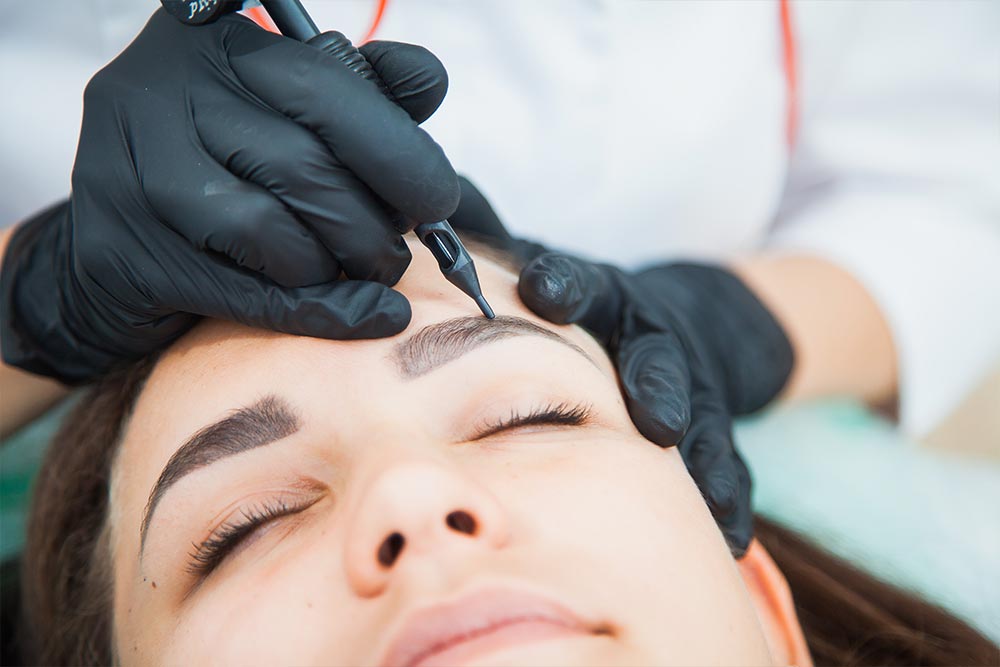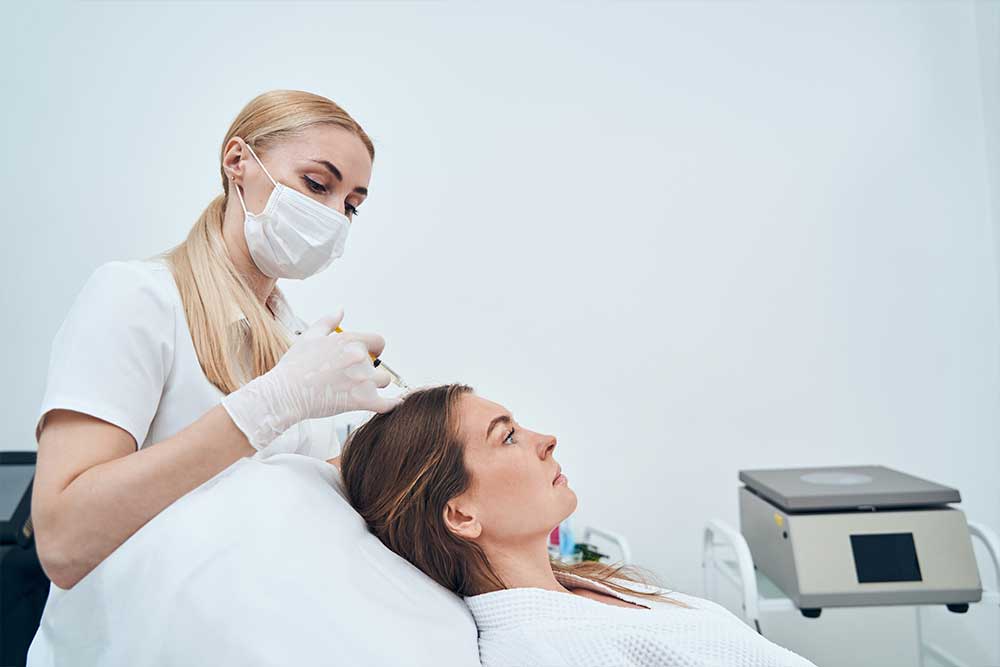The Eyebrow Transplant
Eyebrow loss is usually seen as a result of constant waxing of areas of eyebrow hair, skin conditions such as alopecia areata, permanent makeup, chemotherapy, etc. After eyebrow loss, there is a chance to grow back. When a person suffers an irreversible loss of their eyebrow follicles, they can opt for an eyebrow transplant.
Eyebrow transplantation is the process of transplanting hair follicles that can be removed from all available donor areas, mostly at the back of the head, in the area where the eyebrows have been damaged.
DHI method for eyebrow transplantation
Eyebrow transplantation is the most thorough and complex procedure among hair restoration procedures. When transplanting eyebrows, it is important to obtain a natural and aesthetic result. It is for this reason that the angle and direction of the grafts should be natural and the eyebrow line should be carefully thought out. At our clinic, eyebrow transplantation is performed using the DHI hair transplantation method.
The DHI method is used because it allows the graft to be carried out between existing hairs, unlike the FUE method.
Eyebrow transplant steps
- Doctor consultation and care planning. The area to be transplanted and the shape of the eyebrow will be determined during a physical examination. At this point, the doctor will draw up a surgery plan, taking into account the facial features and the patient’s individual needs.
- Graft harvesting. The unshaven method, generally applied to people with long hair, is a method also applicable to eyebrow transplantation. The small amount of grafts allows this procedure to be performed easily. Harvesting grafts using the unshaven method only requires shaving a small area at the back of the head. The shaving area where the grafts will be extracted will not be visible, because this area will be covered with existing hair. When extracting hair follicles, only single, thin hairs should be harvested. Because only these single hairs give an aesthetic appearance to the eyebrows.
- Transplantation of grafts using Choi implanters. Local anesthesia will be administered to the donor area prior to the extraction process. During eyebrow transplantation with the DHI method, the transplanted area will also be anesthetized with local anesthesia. With the Choi implant, hair follicles are transplanted taking into account the exact angle and direction of hair growth. In eyebrow transplantation, the hair follicles are transplanted at a lower angle. This process is essential to achieve an aesthetic appearance.
- Postoperative dressing. A dressing should be applied the day after the procedure to ensure that the hair follicles are attached to the skin tissue and to avoid further medical complications.
Since an average of 200-300 grafts are needed for an eyebrow transplant, the procedure usually takes about 2-3 hours.
The results of the eyebrow transplant
The growth process of newly transplanted eyebrows is the same as during a hair transplant. Within 15 days of the procedure, the patient may experience a temporary condition called shock loss. Over the next 3 months, the patient will notice visible hair growth. It is possible to observe the results within 8 to 12 months following the procedure.
The growth process for newly transplanted eyebrows is the same as for hair transplantation. Within 15 days of the procedure, the patient may experience a temporary condition called shock loss. Over the next 3 months, the patient will observe visible hair growth. Results can be seen 8 to 12 months after the procedure.









